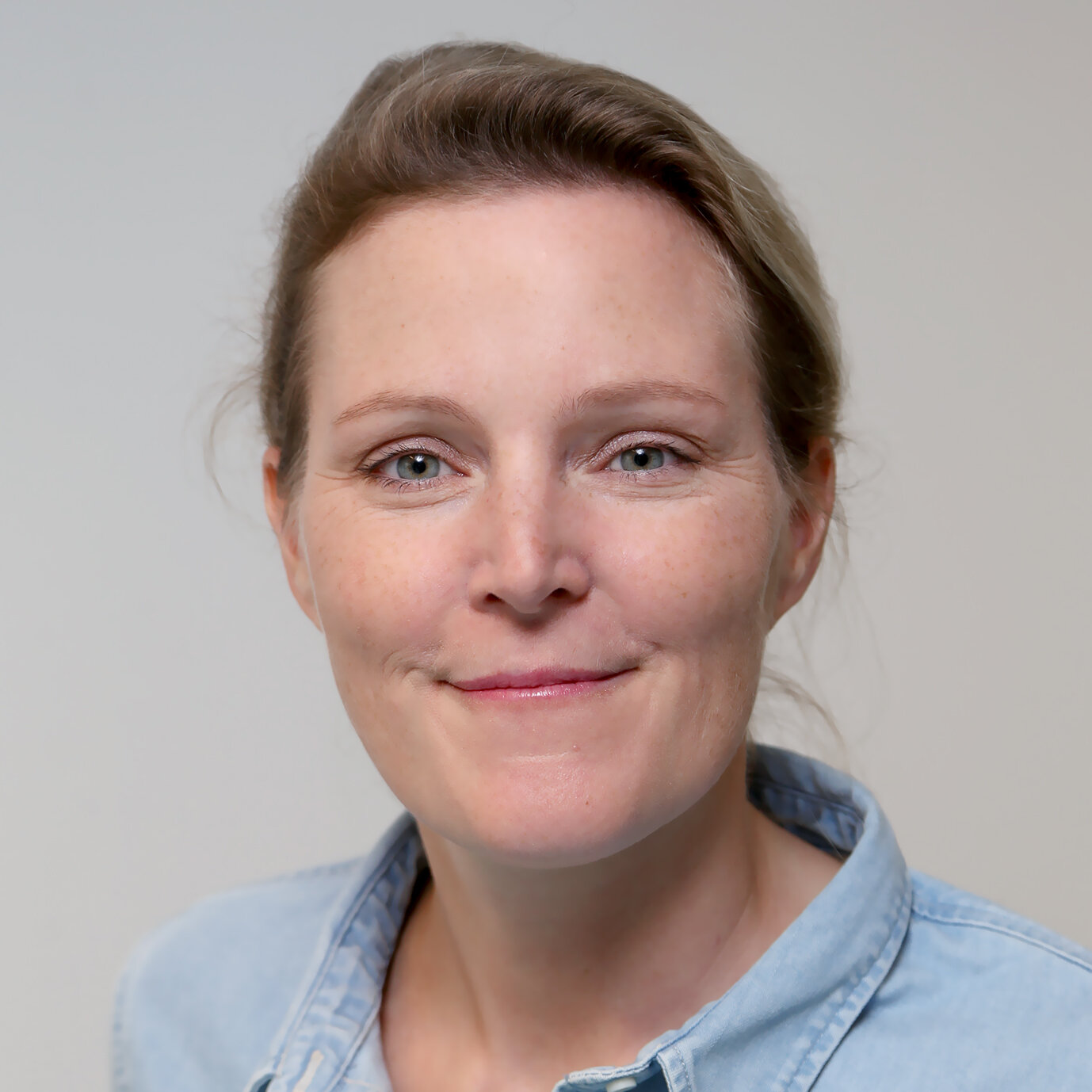Climate-friendly Danube Travel
Holistic travel offers along the Danube are the focus of the Interreg project “Transdanube Travel Stories”, which will be completed by the end of November. Under the leadership of the Umweltbundesamt, the Environment Agency Austria, ten partners from seven Danube neighbouring states have developed a wide range of offers for gentle travel in the Danube region.

The Danube region with its impressive natural sites and cultural sights is a model region for sustainable tourism in Europe. Many holiday destinations in the region are already easily accessible and connected with environmentally friendly means of transport. The goal of the Transdanube Travel Stories project was to combine travel themes, travel experiences and smart travel companions, so-called green travel products, into attractive tourism packages that arouse curiosity and invite to discover. The focus is on six narratives for Danube travel, which can be experienced particularly intensively by using public transport, buses and trains. For the development of the narratives, representatives from tourism, culture, architecture, nature conservation organisations and existing cultural routes, such as the St. Martin's Route, have joined forces.
“In order for tourists to switch to sustainable modes of transport, viable, user-friendly and inexpensive mobility solutions are needed,” explains Agnes Kurzweil, project manager and Environment Agency Austria expert.
The Transdanube Travel Stories show how clean transport and gentle tourism in the Danube area become a consistent overall package.
One river, six themes
The topics of the Transdanube Travel Stories range from the discovery of high-value nature reserves between Germany and the Danube Delta, to an overview of how Europe has developed along the Danube, to highlights and faults on which reservations about Europe are still based on today. The shaping of the Danube region by the Romans, by religions, by trade and the human encounters associated with it show that this area has always been a melting pot of cultures and nations, but also a series of borders. All these developments have left behind great testimonies in art, architecture and culture, which make many fascinating experiences possible, especially when travelling along the Danube. Thereby, the focus is less on visiting old masonry, but more on meeting people, representatives from art, culture, media and science, who convey authentic impressions.
Final conference in the “Linzer Tabakfabrik”
At the final conference, the project partners presented sustainable mobility management and innovative marketing concepts. In addition to sustainable mobility plans for tourism in the Danube region, this also includes training courses for mobility managers and tour guides as well as the Danube Travel Challenge, where bloggers could try the routes and offers. Their impressions can be viewed and should inspire imitation: https://www.interreg-danube.eu/approved-projects/transdanube-travel-stories/section/danube-travel-challenge
The Transdanube Travel Stories complement the offer of the Danube Parks, the network of nature reserves along the Danube, and that of the Danube.Pearls, the network for sustainable mobility along the Danube. What they have in common is the claim to establish gentle tourism in the Danube region and to make environmentally friendly travel attractive and comfortable. The Transdanube Travel Stories build on two previous projects that deal with the analysis, expansion and use of public transport for transnational travels along the Danube: Transdanube Pearls and Last Mile.
Transdanube Travel Stories were funded by the EU Interreg “Danube Transnational Programme”. From Austria, in addition to the Environment Agency Austria, the Linz tourism association and the Tourist Association Danube Upper Austria participated in the project.
Setting up cross-border role models for climate-friendly mobility in tourism was the starting point for the project commitment of the Federal Ministry for Climate Action. It thus contributes to the implementation of the Vienna Declaration “Building forward better by transforming to a new, chean, safe, healty und inclusive mobility and transport“ within the framework of the Transport-Health-Environment Paneuropean Program (The PEP).
Further information: Danube.Pearls | Transdanube-Pearls
Contact information:
Petra Kestler, press office Environment Agency Austria, petra.kestler@umweltbundesamt.at, Tel.: 01/313 04 - 5432
Tourist Association Danube Upper Austria riffert@donauregion.at
Linz Tourism Georg.Steiner@linztourismus.at
